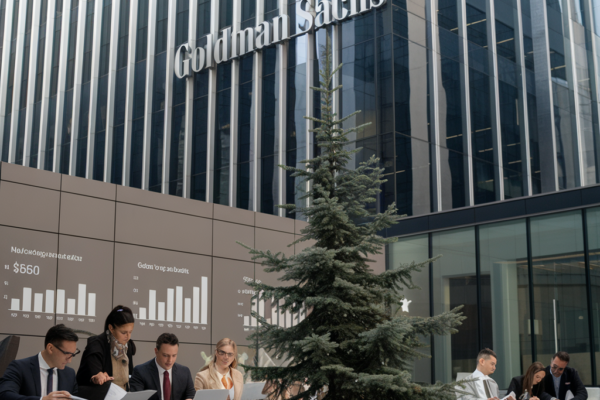Carlyle Postpones Asia Buyout Fund Close as Japan Pool Hits Demand – Key Highlights
- Carlyle Group has delayed the closure of its $8.5 billion pan-Asian buyout fund due to strong investor demand for its separate $2.9 billion Japan-focused fund.
- The pan-Asian fund has secured only $3 billion in commitments so far, falling short of its target, while the Japan fund raised nearly 70% more than its predecessor.
- Global investors are increasingly cautious about overpaying for assets and uncertain exit opportunities, leading to more thorough due diligence processes and a shift towards more targeted strategies.
- Carlyle plans to reduce its exposure to China in the new Asia fund to 20%, aligning with broader industry trends as competitors like KKR and Bain Capital adapt their focus to markets like India and Korea.
Investor Sentiment and Demand Dynamics in Asian Private Equity
The decision by Carlyle Group, a leading global investment firm, to postpone the closure of its $8.5 billion pan-Asian buyout fund highlights the evolving investor sentiment and demand dynamics in the Asian private equity market. While the fund has secured $3 billion in commitments, the slower-than-expected pace reflects the cautious approach adopted by global investors amidst concerns over overpaying for assets and uncertain exit opportunities.
Notably, Carlyle’s separate $2.9 billion Japan-focused fund, which closed in May, has drawn significant attention from international investors, siphoning off interest from the broader pan-Asian fund. The Japan fund’s success, raising nearly 70% more than its predecessor, underscores the increasing investor focus on more targeted strategies within the region.
Geopolitical Tensions and Regulatory Challenges Shaping Investment Strategies
Geopolitical tensions, declining exit opportunities, and regulatory challenges have led some investors to reduce their allocations to pan-Asian funds in favor of focusing on their home markets. This shift in investment strategies is evident in Carlyle’s decision to reduce its exposure to China in the new Asia fund to 20%, aligning with broader industry trends.
Competitors like KKR & Co and Bain Capital are also adapting their focus to different Asian markets, such as India and Korea, in response to the evolving market dynamics. CVC Capital Partners, for instance, raised $6.8 billion for its sixth Asia fund in February, 50% more than its 2020 fund, by strategically focusing on Southeast Asia and other regional markets.
Adapting to Changing Market Conditions and Investor Preferences
As the private equity landscape continues to shift, firms like Carlyle must adapt to changing market conditions and investor preferences to succeed. The delay in closing the pan-Asian buyout fund serves as a reminder of the importance of aligning investment strategies with evolving market dynamics and investor demand.
While the Asia fund still offers key investment opportunities, such as the recent $610 million acquisition of KFC Holdings Japan, Carlyle’s strategic adjustments reflect the need for a more targeted approach in the region. By reducing exposure to China and exploring opportunities in markets like Japan, India,





